Surfacing
2017-2018 | gelatin silver prints, chromogenic prints
Surfacing is a camera-less project that explores the materiality of photomedia and the potential for a new kind of landscape photography. These pictures are made ‘with’ rather than ‘of’ the environment by using natural phenomena as both the subject of and the means to create artworks. While landscape photography historically depicts scenery and implies distance, this project makes a direct connection between the forces of an environment and a photographic image. Created by exposing light-sensitive film and paper to geothermal activities and high-salinity environments, the series incorporates different approaches applied to both gelatin silver and chromogenic photo papers.


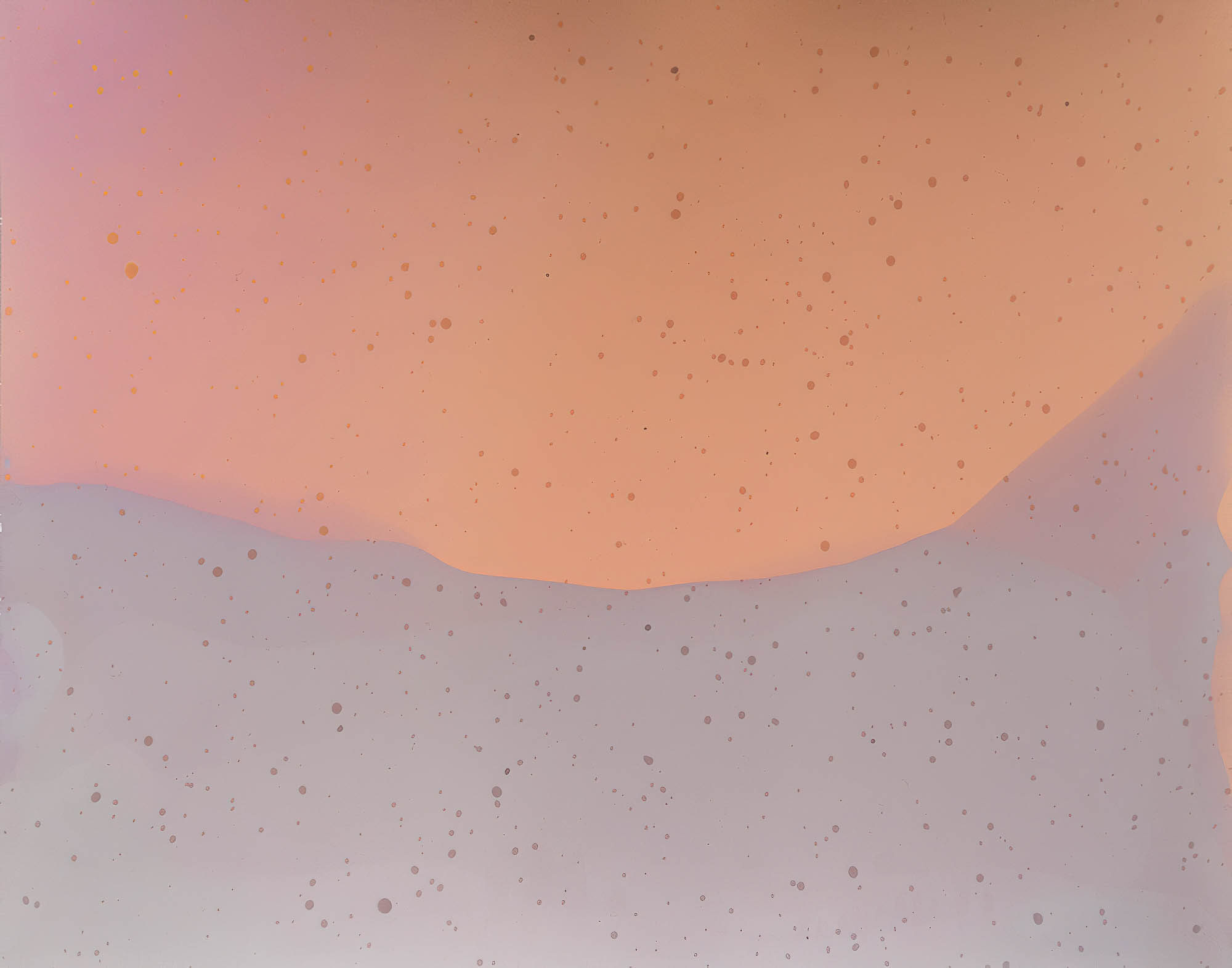





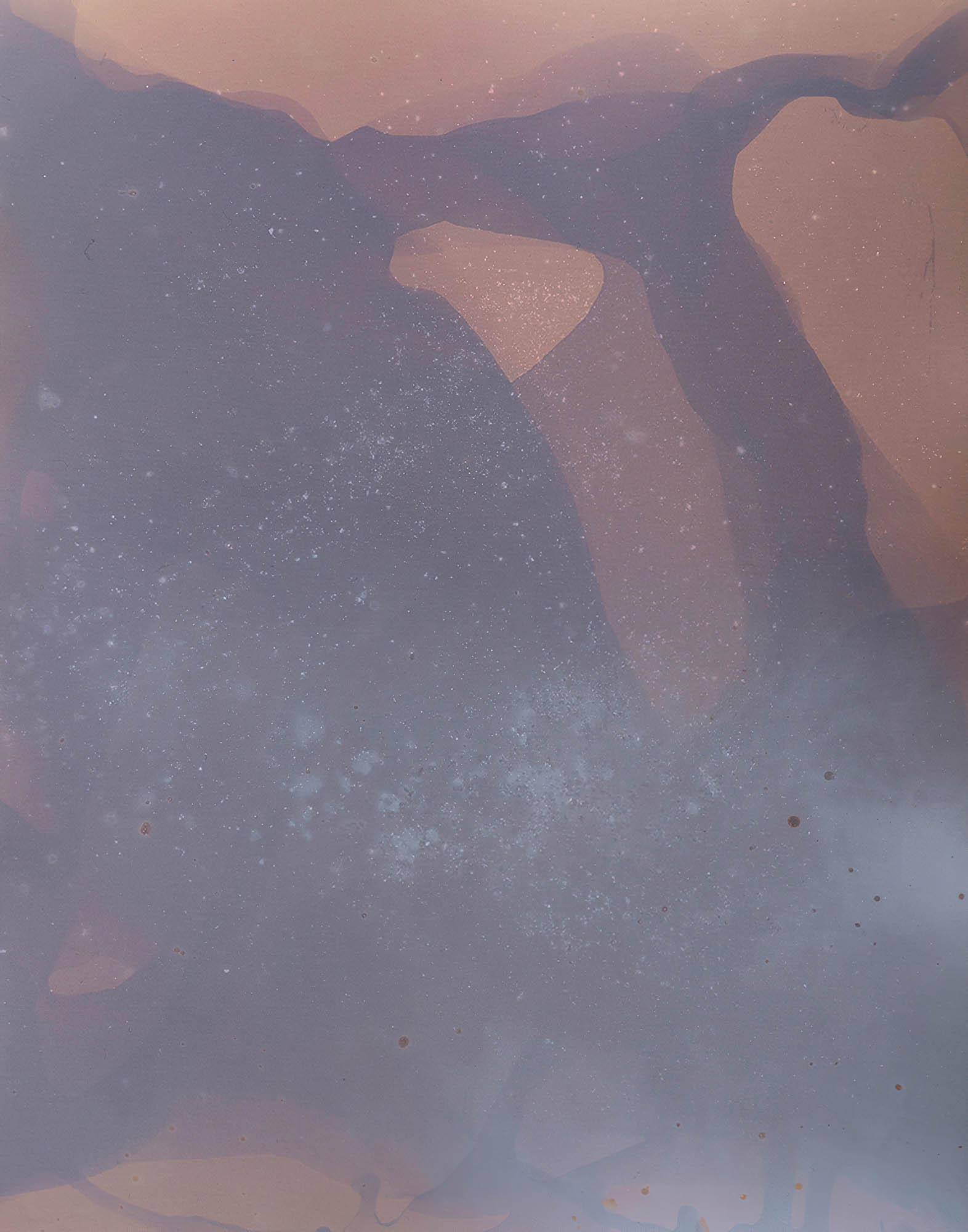
Surfacing (gelatin silver), gelatin silver paper, geothermal activity, approx. 28 x 35.5 cm (11 x 14 in) or 40.64 x 50.8 cm (16 x 20 in) each
In this first approach, silver gelatin photographic paper was physically exposed to geyser plumes and steam vents to create unpredictable forms and colours. Black and white gelatin silver darkroom paper reveals pink, grey, blue, purple, and orange forms that developed through correspondences between the silver particles suspended in gelatin on the surface of paper, the chemical and temperature composition of the geothermal features, the UV rays from the sun, and the duration of contact.
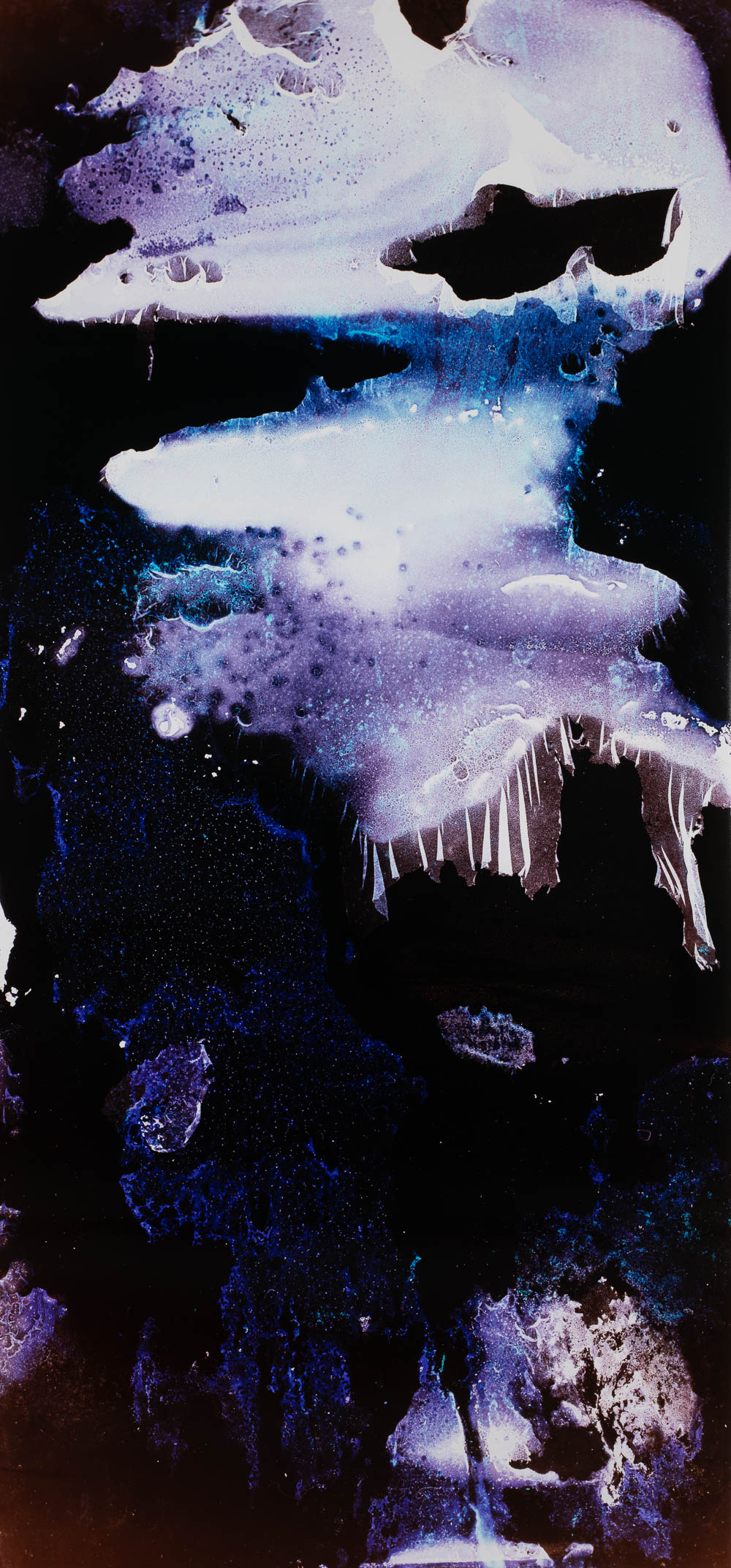
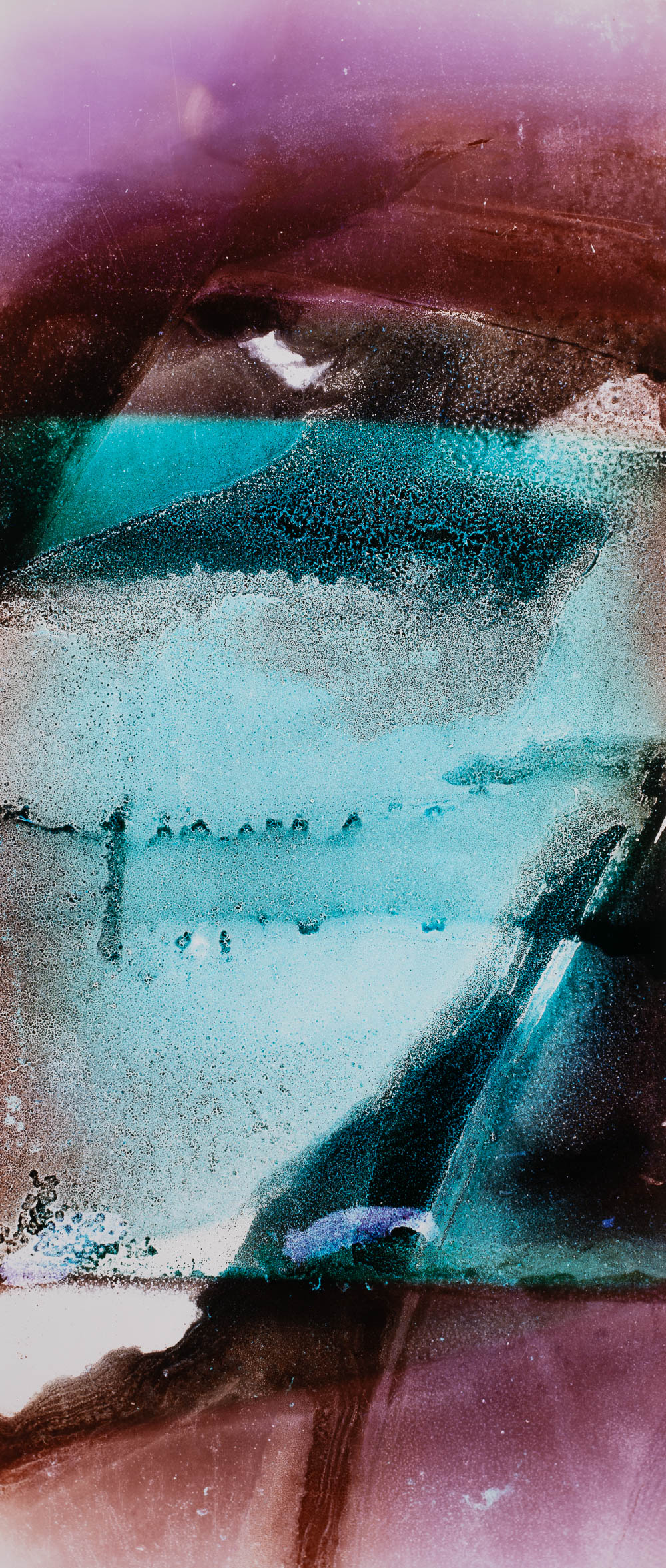


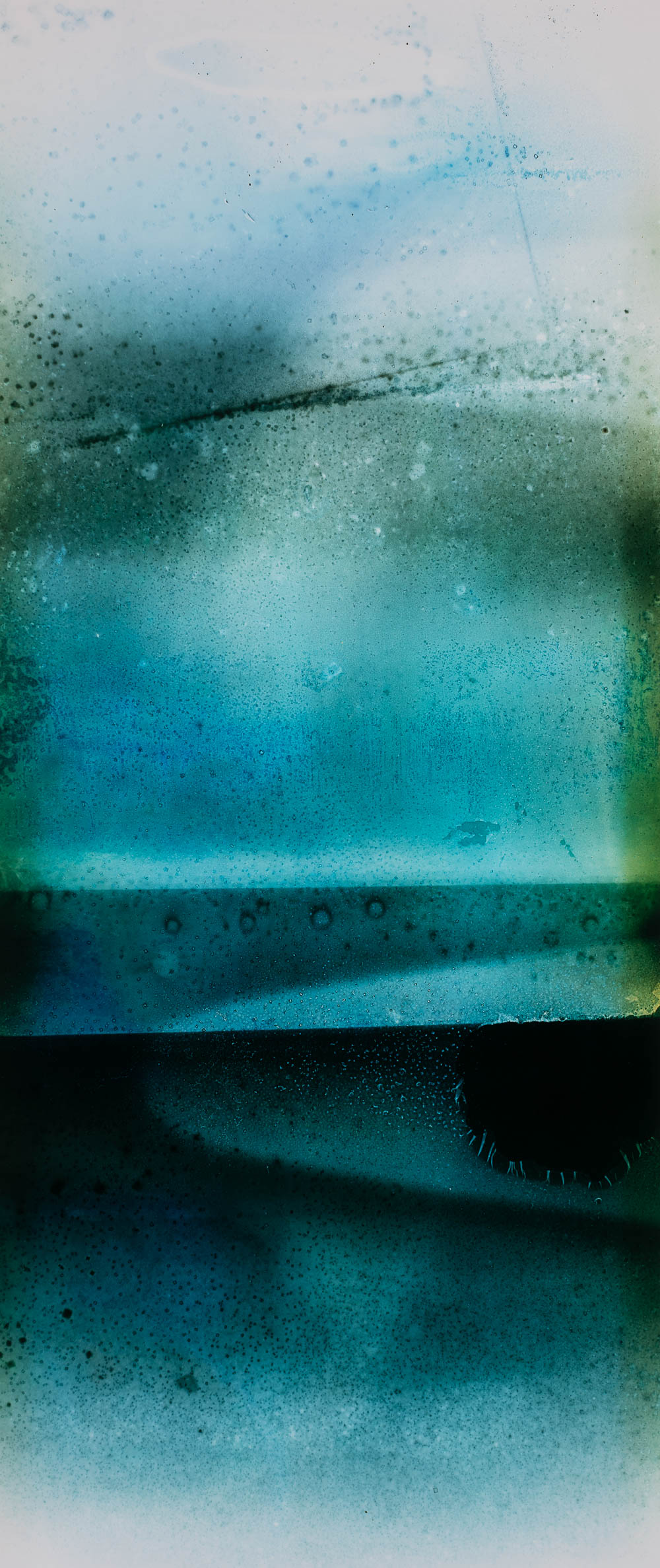
Surfacing (chromogenic), printed from photographic film submerged in salt and algae laden lake water approx. 101.6 x 213 cm to 101.6 x 228.6 cm (40 x 85 to 40 x 90 in)
For Surfacing (chromogenic), photographic film was submerged in lake water laden with salt, algae, and bacteria for months on end. Large prints on chromogenic paper were then made in the darkroom from these ‘environmental’ negatives. Instead of imaging the instantaneous photographic moment, a more earthly time emerged on the film. Salt crystals formed and the emulsion began to break down. The aim of these approaches was to generate images that resonate with aspects of the earth like minerals, time, and transformation.

Surfacing (Chromogenic) exhibited at the Centre for Contemporary Photography, Melbourne, Australia
Photo Credit: Hannah Nikkelson